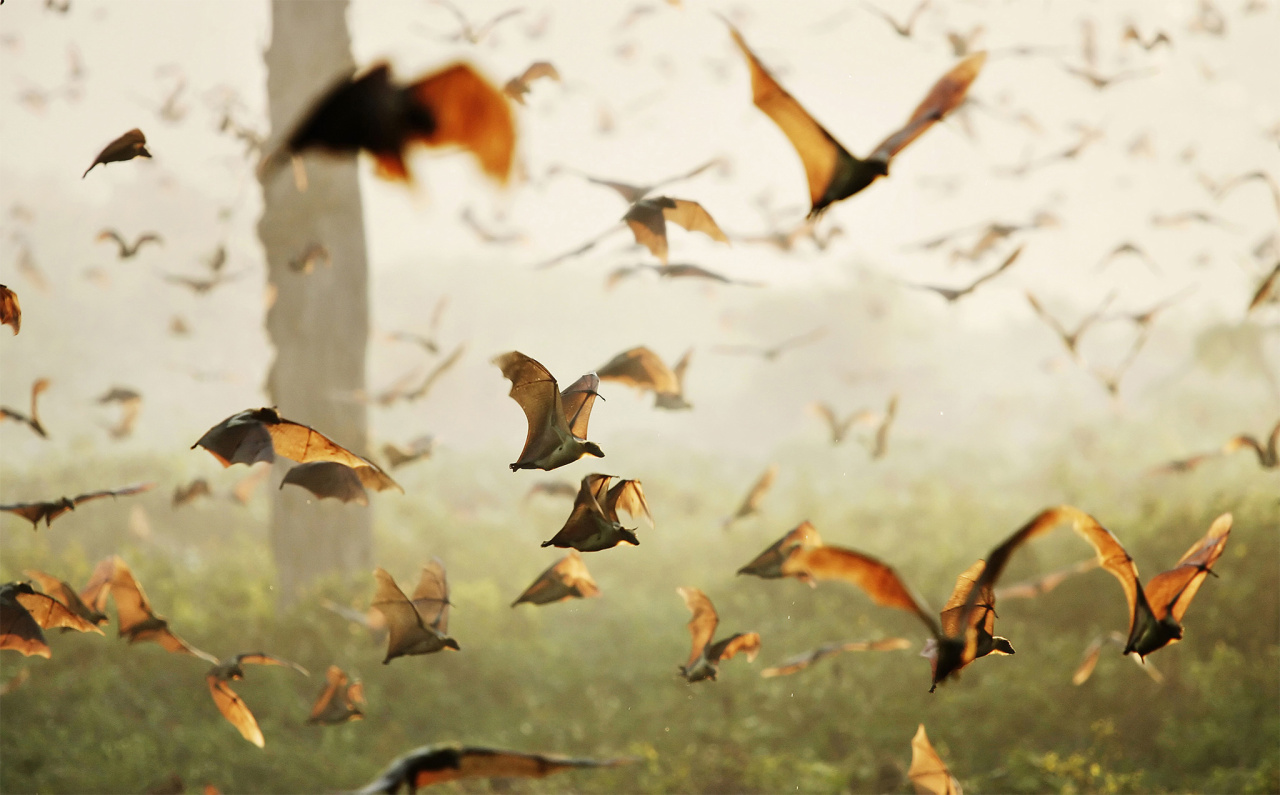The Kasanka colony is unique for its vast size and the mystery that surrounds the bats’ movements. Every night the bats pour out across the sky, shading it in every direction for a radius of 40 miles or more. By the end of December they have moved on. Until now, no-one knew exactly where they went, but new satellite tracking research is shedding some light on their migration.
Bat biologist Heidi Richter, from the University of Florida, has been fitting bats with collars powered by a solar panel to trace the migration. After six months, she lost touch with them at a point 1,200 miles distant.
‘The four we tracked disappeared somewhere over the Democratic Republic of Congo: either there was not enough sun for the charge, or they chewed the collar off – or they were chewed themselves. I like the mystery – there is still so much to be discovered.’












